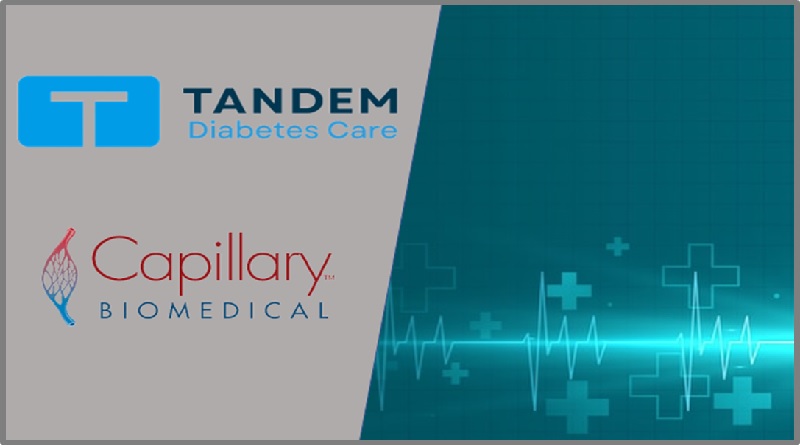Although the internet is increasingly used to transfer data, many employees still use removable storage options like USBs or external hard drives to copy sizable amounts of data or large files.
Utilizing technology in healthcare has been standard practise across the medical industry in recent years. It is crucial to enhance patient information security given the rising use of medical software and the growing significance of health care data. Although security has long been a significant issue in health care IT, significant progress has lately been made to tighten the protection of critical data.
Healthcare services must have a comprehensive data security plan that protects sensitive information from both external and internal threats to maintain compliance and avoid other expenses connected with data breaches such as lost business and reputational harm. Let’s take a deeper look at how they can do so.
1. Handle Internal Threats:
Employee carelessness is particularly prevalent in the healthcare sector. One of the highest rates among all firms is the 27 percent of breaches that can be attributed to human error. Employees also play a role in 27% of detrimental incidents, either by falling victim to phishing and social engineering scams or by actively trying to steal data. This is problematic because most health information must be delivered through secure, authorised channels or encrypted before leaving an organization’s premises. Healthcare providers may employ Data Loss Prevention (DLP) technologies to impose restrictions on the flow of sensitive health data into and out of their networks.
DLP technologies are designed to directly safeguard sensitive data, employ established profiles and customizable definitions to manage and regulate sensitive data. DLP systems may discover health data in files and the body of emails before they are delivered using advanced content inspection and contextual scanning technologies, preventing it from being sent through unauthorized channels.
2. Restrict access to data:
Locally stored health information on work computers becomes unsecure and vulnerable to theft. While performing their tasks, employees frequently access, download, and keep sensitive material, and they could forget to delete these items when they are no longer needed. This significantly jeopardises compliance and data security initiatives. DLP systems can search the whole corporate network for locally stored sensitive data, and if it is found, administrators can take corrective action, such deletion or encryption. As a result, healthcare providers may make sure that no employee continues to have access to private information that is no longer needed.
Having said that, employee training is also vital. Employees are still getting accustomed to health care information technology, which is still in its early phases of implementation. To protect the security of health care data, policies and processes must be modified to accommodate the digitalization of patient records. Security awareness training may help your staff better spot possible security dangers and make more informed decisions. This form of training can encourage users to use adequate caution while handling patient data. Teaching all new and existing personnel about current data security protocols is critical.
3. Control removable Devices:
Although the internet is increasingly used to transfer data, many employees still use removable storage options like USBs or external hard drives to copy sizable amounts of data or large files. However, due to their small size, these devices are easily lost or stolen. Even worse, in recent years, malware attacks have increasingly relied on USBs in particular. They can either fully forbid it or only allow authorised devices to use it. This makes it easy for healthcare providers to identify odd network behaviour and potential data theft by tracking which staff is using which device when.
To ensure data safety, healthcare organisations should go above and beyond and implement an enforced encryption solution. Finally, it is crucial to stop information theft in the event of a data breach as soon as the leak is identified. Implementing an incident response plan (IRP) can assist in achieving this goal by limiting the damage the attacker can do. In order to stop a hacker in his tracks, provide a quick architectural framework that can activate predetermined protocols. Ensure that all new and existing employees are trained on the security procedures in place so they can react swiftly if a breach occurs.






